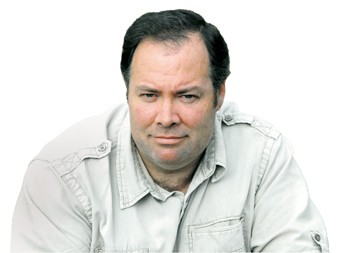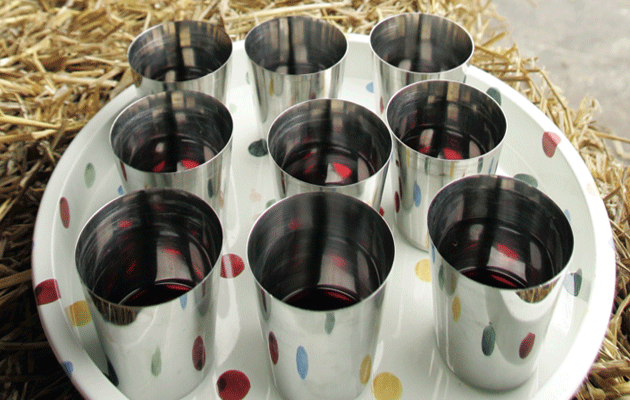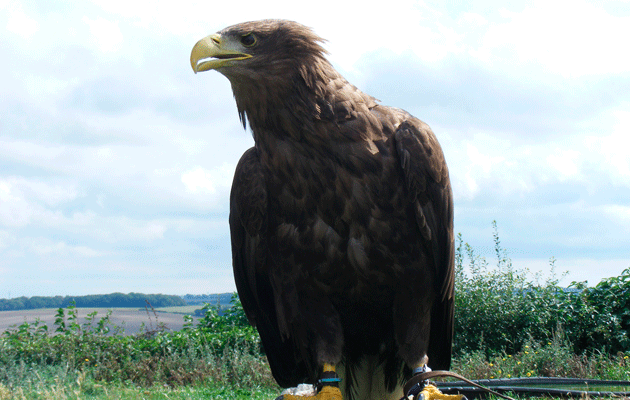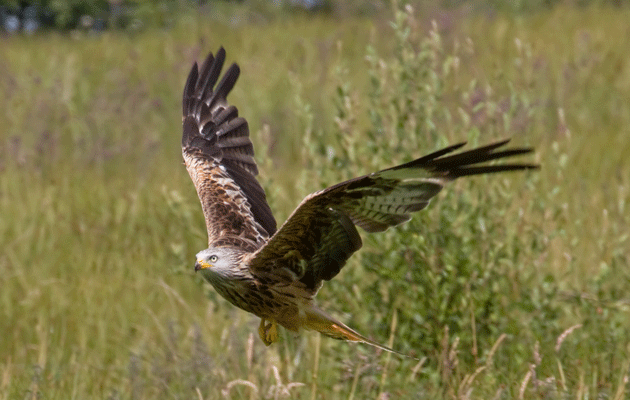Sharpshooter

The ignorance of rural matters displayed by the national media is, on one level, amusing. The problem it illustrates, however, is more serious. The fundamental concern is this: if the media cannot appreciate the difference between, say, a shotgun and a rifle, then how do we know that we are not being misled when we read coverage of economics or some other topic?
It is always important to acknowledge the distinction between opinion (such as his column) and news reporting, but even then, national media news reports often contain a host of factual howlers. During the media feeding frenzy that followed the Dunblane tragedy, I remember noting that I did not read a single news account about firearms, anywhere, of more than five sentences that did not contain at least one factual error. That was a low point. In the wake of more recent mass shootings, the media coverage has been markedly better, if still flawed. BBC News online, however, remains a bastion of ignorance and left wing prejudice. On a lighter note, we all know how often the national media almost always misname various deer species in photo captions. And I have often read shock/horror stories about an animal being ?snared? in a Fenn trap. There?s little one can do about such minor inaccuracies, though I did once take up the cudgels after reading a truly idiotic story in a local paper, written by a junior hack who obviously had no idea that pigeon decoying was a perfectly normal, legal countryside practice. I leave it to your imagination to work out the way he described it, which was in the manner of a visitor from Mars, garnished with dollops of sentimentality and ignorant prejudice.
Careless captions
Sometimes media errors are understandable, if silly. For example, a couple of weeks ago The Sunday Times ran a piece by its environment editor Jonathan Leake about the way the National Environment Ecosystem Assessment suggested paying hill farmers to enhance biodiversity. Fair enough, but the headline was Try shepherding voles, Farmer Giles. This childish attempt at stoking up some impact was bolstered by one of those ridiculous artist?s impressions. An image of a peregrine falcon was accompanied by the caption: Boosting rare bird populations could help win grants. Presumably, the paper doesn?t know that peregrines are not in the slightest bit rare ? indeed, their UK population is at a record high and their range is officially at or near saturation point. Another part of the same artist?s impression showed a weasel, accompanied by the words: Helping endangered animals could become part of farming obligations. Ye Gods…
In fairness to the journalist who wrote the story, he wouldn?t have written either the headline or the picture captions ? that sort of thing is done by sub-editors. But this sort of junk often appears alongside The Sunday Times environment stories, so presumably somebody somewhere on the paper thinks it?s just dandy.
Of course, expecting left wing, urbanite papers such as The Independent, The Guardian and its Sunday stablemate, The Observer, to report on rural issues is like expecting me to write about rap music. But the thing is, I don?t write about rap music.
Recently, The Observer ran a big piece about one of its cheerleader subjects: climate change. The angle of the piece was about the drought in some areas of eastern England and its potential impact on farming, especially the lack of forage and fodder for livestock. There was a huge photo, captioned: Dwindling supplies of silage at a farm in Wokingham, Berkshire, where there is no grass for cattle to eat in the fields. What the colour photo actually showed was a stack of round bales of golden straw.
Have your say: if you have a view on a current news topic, send it, in no more than 500 words, to [email protected].
What is YOUR opinion?
Join other ST readers in our forums to discuss your views.
Like this article? Mark this page on a social bookmarking website…
![]()
What are social bookmarking sites?








